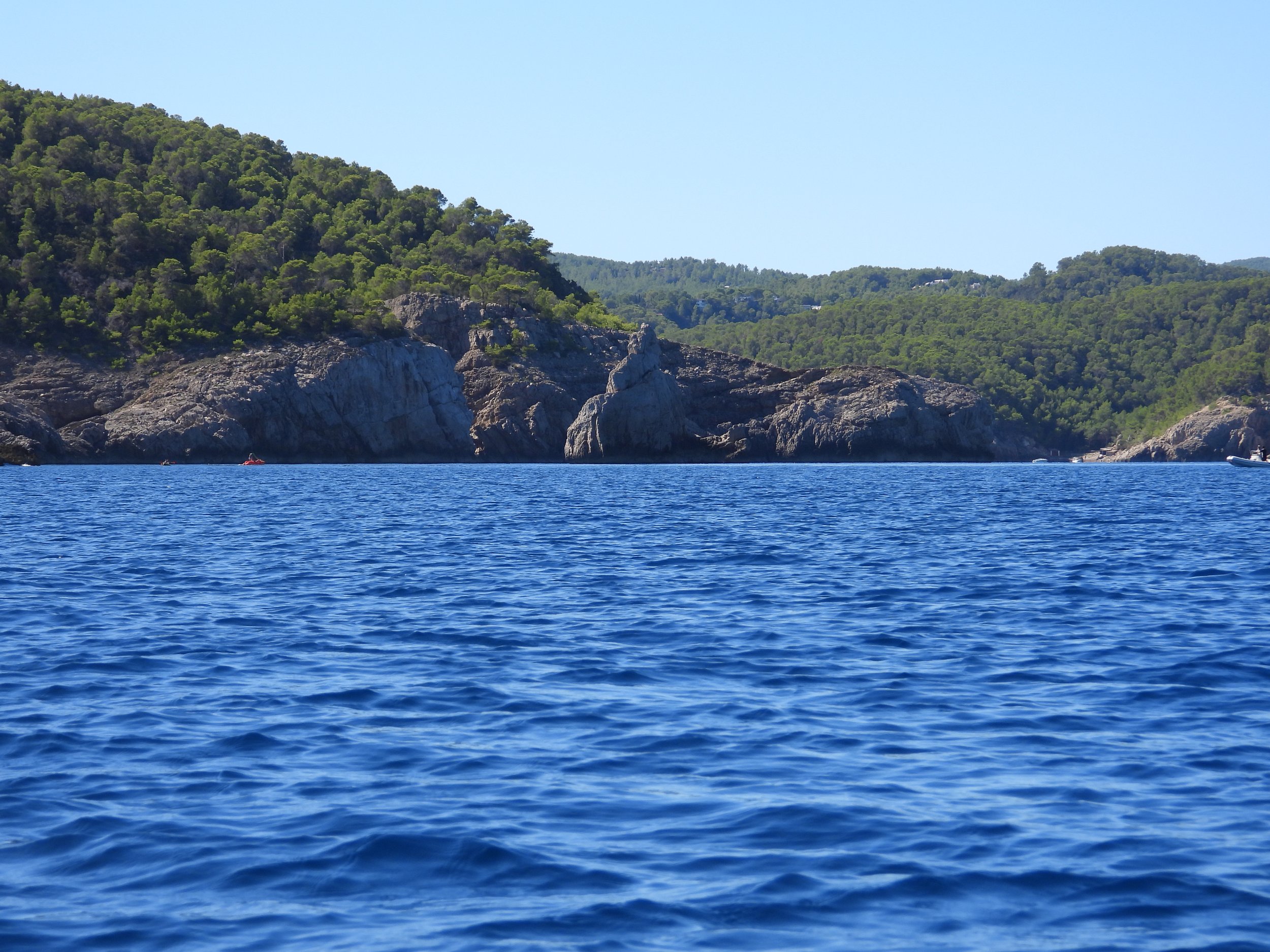How to deal with salt water and soil
Salinity of the soil
“Salinization is one of the most serious land degradation problems facing the world. Salinity results in poor plant growth and low soil microbial activity due to osmotic stress and toxic ions. Soil microorganisms play a pivotal role in soils through mineralization of organic matter into plant available nutrients. Therefore it is important to maintain high microbial activity in soils.” (1)
Which microbes stop the effects of salinity of the soil?
“Microorganisms have the ability to adapt to or tolerate stress caused by salinity. Accumulation of inorganic salts can be toxic therefore it is confined to halophytic microbes which evolved salt tolerant enzymes to survive in highly saline environments.” (2)
Halophytic microbes like the Bacillus subtilis strain that are suitable to regenerate salt soil and create life-giving humus. Studies have shown the positive impact Bacillus subtilis has on the reduction of stress caused by soil salinity.
The study “Beneficial soil bacterium Bacillus subtilis (GB03) augments salt tolerance of white clover.” stated that:
“Bacillus subtilis GB03 enhanced both shoot height and root length of white clover under both non-saline conditions and salinity stress” (3)
“Bacillus subtilis promoted leaf growth under both non-saline and salinity stress conditions”
“In addition to promoting leaf growth, Bacillus subtilis GB03 increased leaf chlorophyll content under both non-saline and salinity stress” (4)
Read the full studies here and here
Sources:
Influence of salinity and water content on soil microorganisms
Influence of salinity and water content on soil microorganisms
Beneficial soil bacterium Bacillus subtilis (GB03) augments salt tolerance of white clover
Beneficial soil bacterium Bacillus subtilis (GB03) augments salt tolerance of white clover

